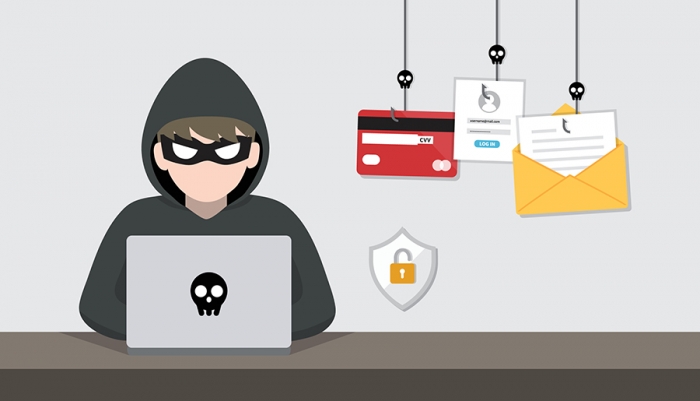Commerce has always been one of the most productive business sectors, ever since the first time two people traded something to benefit both parties. People have always needed it, and that is not going to change. But, the way commerce businesses are working is constantly changing and evolving.
E-commerce now has a bigger presence than ever, especially after the unprecedented growth due to Covid 19 pandemic. Even the companies who haven’t yet planned to transfer their business online had to adapt and start the process of digital transformation. It became almost impossible to remain in business if you only had a physical store once all the lockdowns, restrictions, and recommendations started.
Shopify and similar commerce platforms made digital transformation more straightforward and faster for all parties. Some of them wouldn’t even think about opening their online business if they didn’t have such help due to their lack of skills and means. Shopify changed everything for them. Not only it helped them to set up their online business, but it also provided the necessary tools to run it successfully.
But, all of this growth also brought out some negative consequences as it attracted fraudsters. With all the new shops opening their doors on Shopify, fraudsters have access to the whole new set of victims. Luckily, by implementing Shopify’s fraud solution and following security strategies, you will be able to protect your business and its customers from becoming victims of fraudulent behavior.
What is eCommerce fraud?
Under the scope of eCommerce fraud fall all different types of fraud whose goal is to exploit the eCommerce store or its customers. Ecommerce stores often become a target of cybercriminals since they can provide them with a bigger pool of victims. Not only can fraudsters exploit the business for financial gain, but they can also get access to customers’ confidential details and cause even more considerable damage.
The difference is that the fraud attempts affecting the customer can usually be resolved without any serious damage, while those involving merchants can cause significant permanent damage.
Throughout the past 10 years, nearly every user who did online shopping or transaction, entering their data into the internet at some point, had their data stolen. This is concerning as impersonations can occur quite easily and online businesses and eCommerce companies can be duped into different scams.
All of the different fraud types affecting merchants can be divided into two main categories: “fraudulent chargebacks” and “fraudulent purchases.” Fraudulent chargebacks happen when the customer requests a chargeback from their card provider even though they willingly ordered and received the item. In some cases, this can result from a misunderstanding between the customer and the merchant. Still, in most cases, fraudsters intended to request a chargeback from the moment they completed the purchase.
Fraudulent purchase is quite the opposite, even though it will still have the same result for the merchant. On this occasion, the fraudster uses stolen details to complete the purchase without a legitimate cardholder even knowing what is happening. Once they recognize unauthorized transactions on their bank statement, they will request a chargeback.
In both fraud types, merchants will have to deal with the reversal of the payment due to chargeback, paying the chargeback fee and losing the revenue from the sale while the fraudster will end up scot-free.
How to avoid e-commerce fraud on Shopify?
Luckily there are some steps you take if you want to avoid this happening to you.
- Implement Shopify fraud prevention tools
Many different fraud prevention tools are available, from Shopify’s own Fraud Protect solution to more advanced solutions like SEON, Signifyd, or ClearSale. Analyze your needs to make an informed decision and invest in your first line of defense.
- Be descriptive and clear.
You need to start applying this in all elements of your business, from product description to return policy. By ensuring your customers know exactly what your product is, making sure the merchant descriptor matches your business name, or even what steps they need to take to return the item, you can significantly reduce the number of chargebacks affecting your business.
- Include proof of delivery with your orders.
This can discourage fraudsters from even attempting to target your business. How will they claim they have never received the item if you have proof of delivery? They won’t. If their intention is to attempt fraudulent chargeback requests, they will just avoid your store and look for an easier victim.
- Always ask for a CVV number.
Requesting your customers to provide CVV or Card Verification Value numbers with every transaction can reduce the risk of fraudulent purchases since it increases the customer’s chances of having a physical card present during the transaction. Regardless of whether they are regular or new customers, this needs to be done to avoid frauds such as account takeover, identity theft, or CNP fraud.









.webp)
.webp)
.webp)
